If you've ever stepped into a gym and seen someone cinch a thick belt around their waist before a heavy lift, you've probably wondered: Are they trying to protect themselves from injury? Maybe even a hernia? It's a valid question—after all, nobody wants to deal with the pain (and surgery) that can come with a hernia.
So let's get to the bottom of it: Do weight lifting belts actually prevent hernias? Or are they simply a tool to help you lift more? In this post, we'll explore what hernias are, how lifting belts work, and whether strapping one on can really protect your core.
What Is a Hernia and How Does It Occur?
Before we get into belts, we need to understand what a hernia is.
A hernia occurs when an internal organ or tissue bulges through a weak spot in your muscle or connective tissue. In lifters, the most common types are:
- Inguinal hernia - when part of the intestine protrudes through the abdominal wall near the groin
- Umbilical hernia - occurring around the belly button
- Hiatal hernia - part of the stomach pushes up into the chest cavity (less common in lifting but worth mentioning)
- Incisional hernia - happens at the site of a previous surgery
Hernias are typically caused by increased intra-abdominal pressure—for example, when lifting something heavy and straining too hard. If the abdominal wall is already weak, that pressure can force tissue through and create a bulge. Other contributing factors include poor lifting technique, sudden movements, or lifting loads beyond your capability.
How Do Weight Lifting Belts Work?
Weight lifting belts are often misunderstood. Many people think they work like a brace, simply "holding" your back in place. But what they really do is help increase intra-abdominal pressure (IAP)—yes, the very same pressure that can lead to a hernia.
Sounds contradictory, right? But it's not.
Here's how it works:
- When you wear a belt and brace your core properly, the belt provides something to press your abdominal muscles against.
- This stabilizes your spine and trunk, helping you lift more weight with less risk to your back.
- By increasing pressure in a controlled and supportive way, belts help the body manage heavy loads without losing tension or spinal integrity.
Think of it like inflating a balloon inside a box: the pressure keeps everything rigid and supported. That said, belts are not magic. They're most effective when used properly and in the right context.
Do Belts Actually Prevent Hernias?
Now, let's tackle the big question.
The short answer: No, belts do not directly prevent hernias—but they might reduce the risk in specific situations.
Let's break it down:
Belts can increase intra-abdominal pressure, which theoretically could contribute to a hernia if your abdominal wall is compromised.
However, that same pressure also improves core stability, distributes force more evenly, and protects the spine during heavy lifts.
So rather than preventing hernias outright, belts may help reduce the likelihood of poor bracing or form breakdown—two major culprits behind abdominal strain.
Research on belts and hernia prevention is limited, but strength coaches and physical therapists generally agree: belts are a useful tool when lifting heavy, but they're not a substitute for proper technique or a strong core.
Common Myths About Weight Lifting Belts
There's no shortage of gym lore around lifting belts. Let's clear up a few of the most common misconceptions:
Belts Eliminate Need for Core Training
"Belts eliminate the need for core training."
False. Your core muscles—especially the transverse abdominis, obliques, and pelvic floor—are essential for stability. If you rely solely on a belt, you're skipping the foundational work that actually prevents hernias.
Wear for Every Exercise
"You should wear a belt for every exercise."
Also false. Wearing a belt for light dumbbell curls or warm-up sets won't do much. In fact, it might even prevent you from properly activating your core.
Only for Beginners or Pros
"Only beginners or only pros need belts."
Belts aren't about experience—they're about context. Whether you're a seasoned powerlifter or a novice, it depends on what you're lifting and how. Heavy compound lifts like squats and deadlifts over 80% of your 1-rep max? That's belt territory.
What Really Helps Prevent Hernias
If a belt isn't the silver bullet, what does help protect you from hernias while lifting?
Proper Technique
Learning how to lift safely is non-negotiable. That includes:
- Neutral spine alignment
- Controlled movement
- Correct breathing and bracing
The Valsalva maneuver—holding your breath while bracing during a lift—is effective, but must be used with care.
Core Strengthening
Training your core the right way can go a long way in hernia prevention. That means going beyond crunches and targeting the deep stabilizers:
- Planks
- Dead bugs
- Bird dogs
- Pallof presses
- Vacuum exercises (to strengthen the transverse abdominis)
Load Management
Trying to lift too much, too soon is a fast track to injury. Respect progressive overload. Build up slowly and listen to your body.
Mobility and Warm-Ups
Tight hips, stiff thoracic spines, or poor ankle mobility can all throw off your form. A solid warm-up with dynamic stretches can make a huge difference.
Strategic Belt Use
Use a belt when it makes sense. Save it for:
- Near-maximal lifts
- Heavy squats, deadlifts, overhead presses
- Times when your core is taxed but your technique is on point
When Should You Use a Lifting Belt?
A good rule of thumb is to use a belt for lifts that are heavy enough to challenge spinal stability, typically at or above 80% of your 1RM.
Here are some examples of smart belt use:
- Barbell back squats - when you're lifting heavy and want to keep the spine secure
- Deadlifts - especially during maximal efforts or when you feel core fatigue
- Standing overhead presses - when the load gets challenging
You shouldn't wear a belt for:
- Light warm-up sets
- Isolation movements
- Core training exercises
Let your core do the work during those times!
FAQ: Weight Lifting Belts & Hernias
Q1: Can I still get a hernia while wearing a belt?
Yes. A belt doesn't make you invincible. If your technique is off or you're pushing beyond safe limits, a hernia can still happen.
Q2: Is it better to train without a belt to strengthen my core?
Yes and no. Most training should be belt-free to build raw core strength. But for maximal loads, a belt can enhance safety and performance.
Q3: Are belts bad for long-term health?
No, as long as they're used correctly and not relied upon constantly. Belts don't weaken your core unless you use them as a crutch.
Q4: Should beginners use lifting belts?
Not right away. Focus first on form, mobility, and core development. Add a belt when you start lifting heavier and your technique is dialed in.
Q5: What type of belt is best for hernia prevention?
Look for a rigid, evenly wide belt (such as a 4-inch powerlifting belt) that offers consistent support. Avoid flimsy or fashion-style belts.
Conclusion
So, do weight lifting belts prevent hernias?
Not directly. But when used correctly, they can help protect your body during heavy lifts by enhancing stability and supporting proper bracing. That said, they're just one tool in your gym bag—not a replacement for good training habits.
If you're serious about lifting safely and preventing hernias:
- Master your form
- Strengthen your core
- Progress your weights gradually
- Use a belt wisely—not all the time, and not as a shortcut
A belt can support you, but you still have to do the work. Stay strong, lift smart, and your body will thank you.
Looking for a belt that combines durability, support, and comfort? Check out our premium Weight Lifting Belt—designed to move with you and brace when it counts.
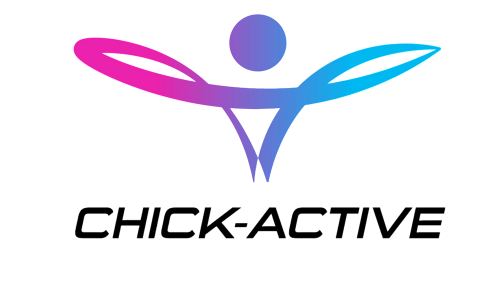
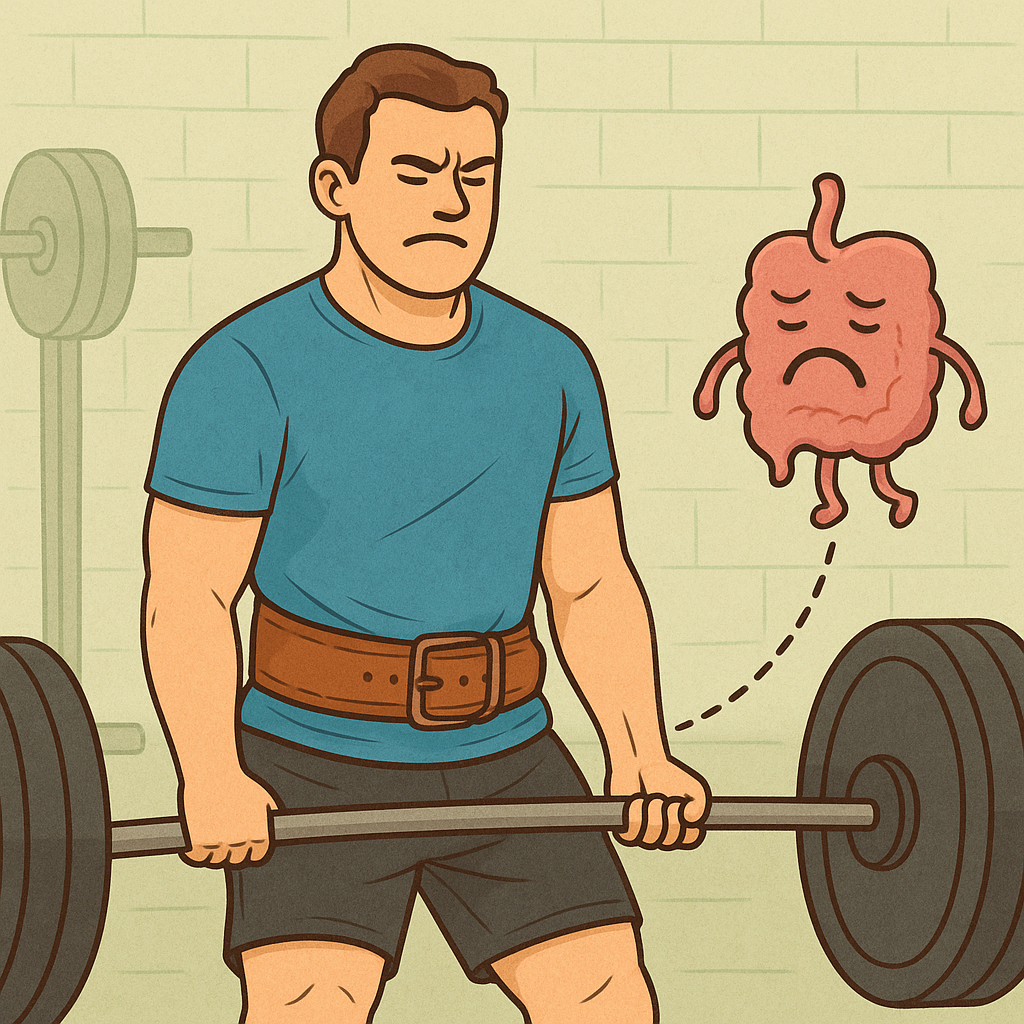
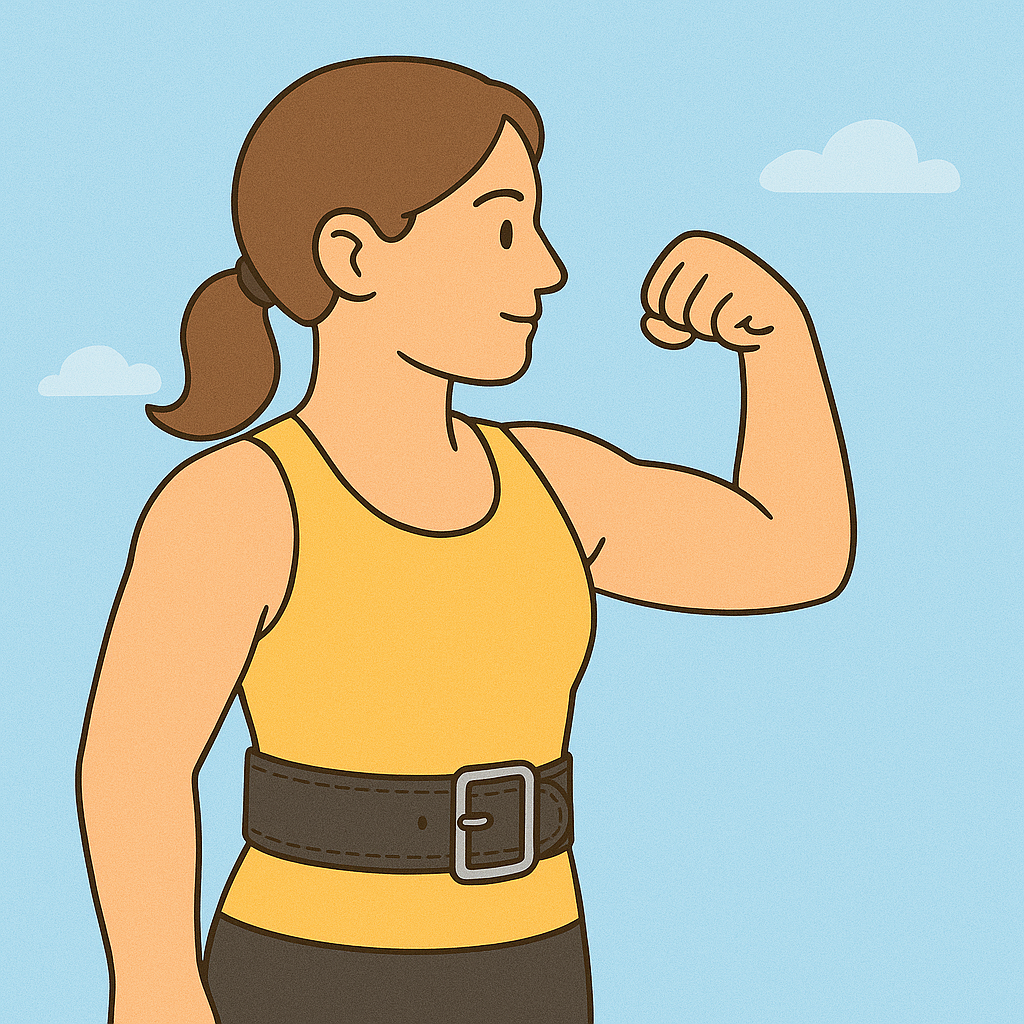

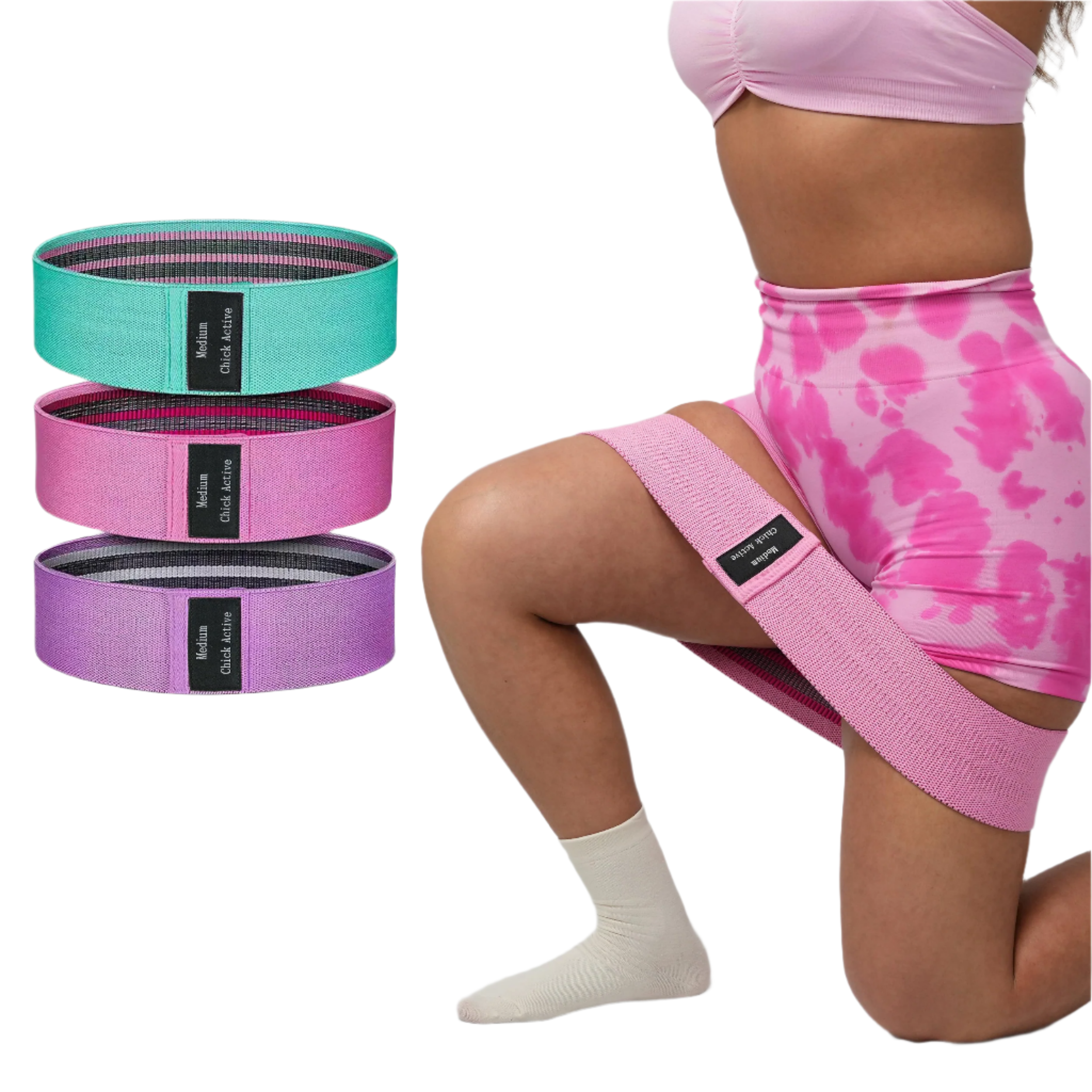
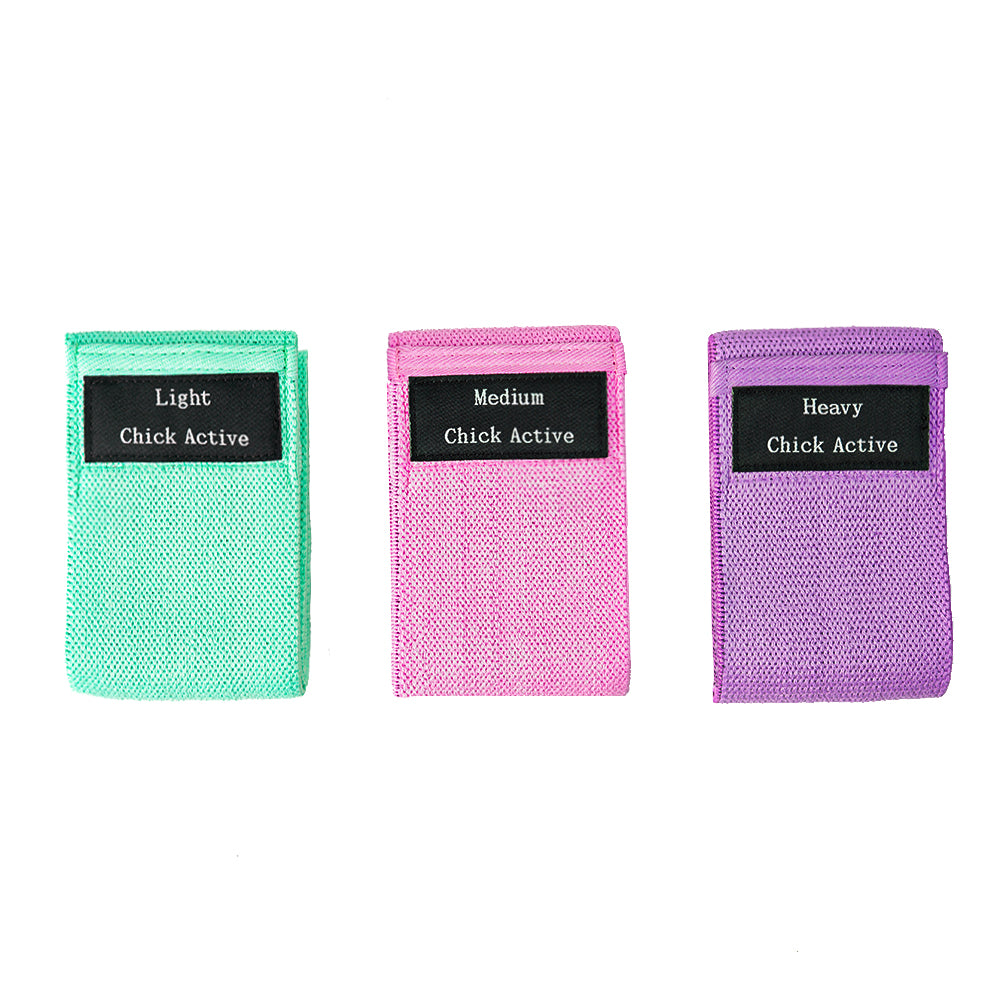
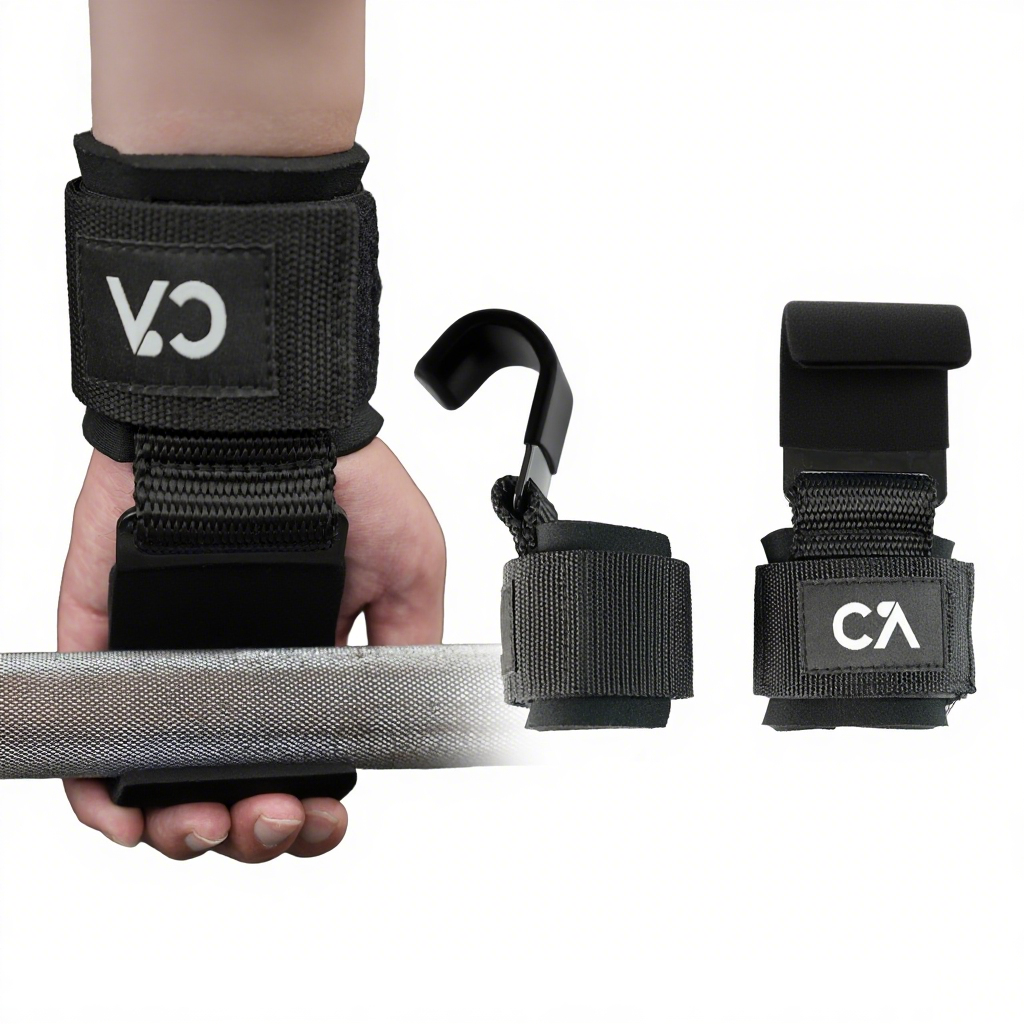
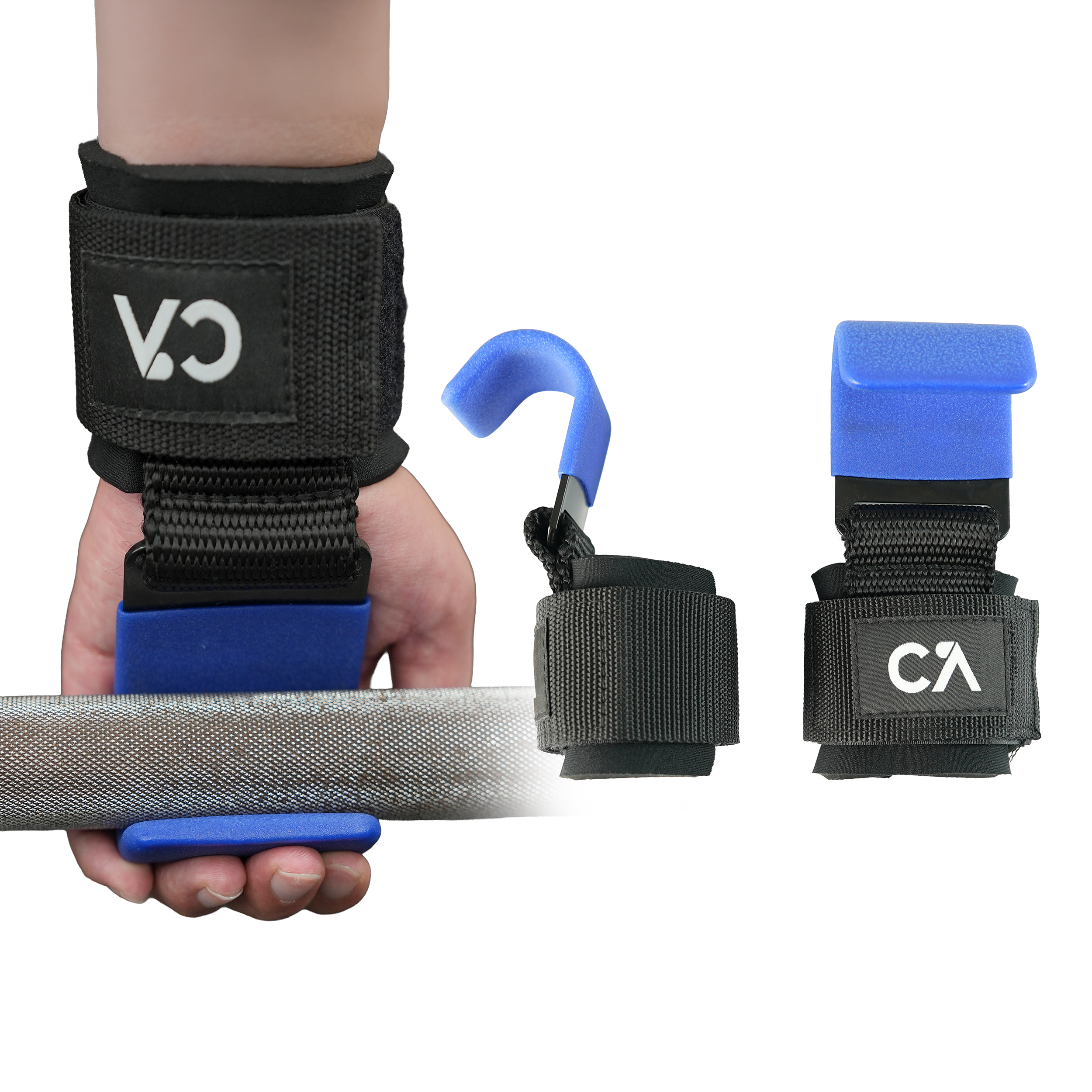

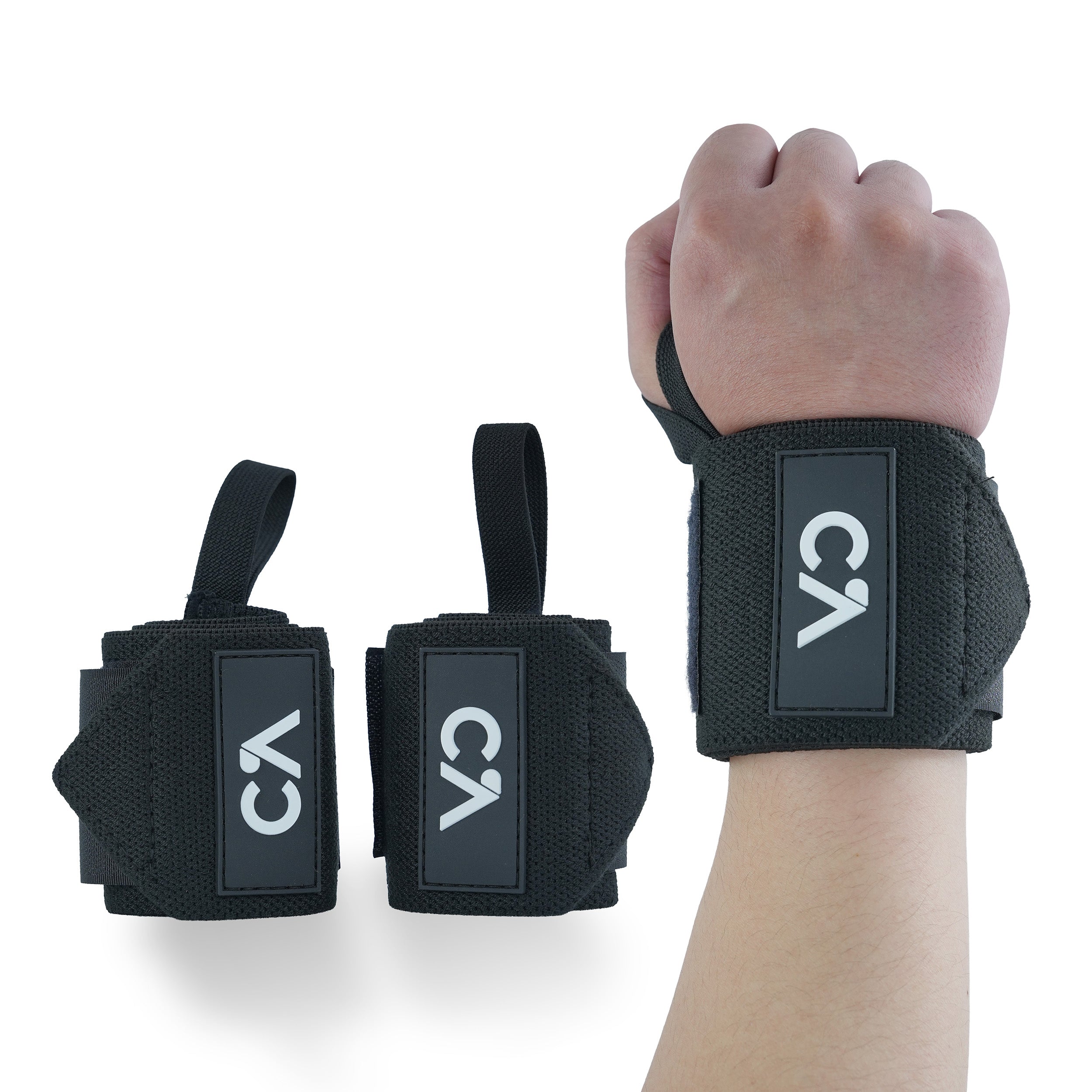
Leave a comment
All comments are moderated before being published.
This site is protected by hCaptcha and the hCaptcha Privacy Policy and Terms of Service apply.